Don’t Know a Mesa from a Butte? We’ve Got You Covered.
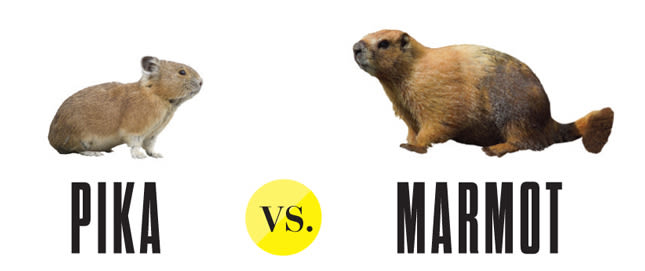
Image: Courtesy Shutterstock
The pica is the smallest member of the lagomorph family (rabbits and hares); up to 6 inches long; weighs less than half a pound; and has a shrill, high-pitched chirp.
Marmots are known as a “whistle pig” for their distinctive warning cry; they are about 2 feet long; and weigh up to 15 pounds.
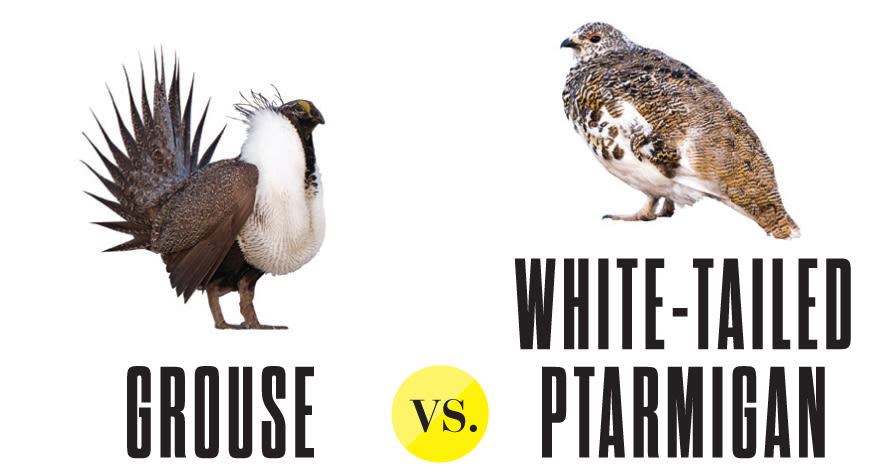
Image: Courtesy Shutterstock
Grouse belong to a family of plump game birds common throughout Colorado at all elevations; they cleverly camouflaged until you’re almost upon one—when it bursts forth, it scares the hell out of you.
White-tailed ptarmigan are a species of grouse that live at or above treeline; they are masters of camouflage and turn snow white in winter.

Image: Courtesy Shutterstock
Talus is made up of roughly fist-size or larger rocks jumbled together, usually below a cliff.
Scree is gravelly, pebble-size rocks; you can “slide” down it in your hiking shoes.

Image: Courtesy Shutterstock
Big horn sheep are mostly smooth and brown with white patches on the rump and elsewhere; ewes have small spike horns; rams have huge, curving horns that weigh up to 30 pounds per pair.
Mountain goats are shaggy, bearded, and all white; both sexes have spike horns; they are insanely talented climbers often seen on cliffs or near summits.
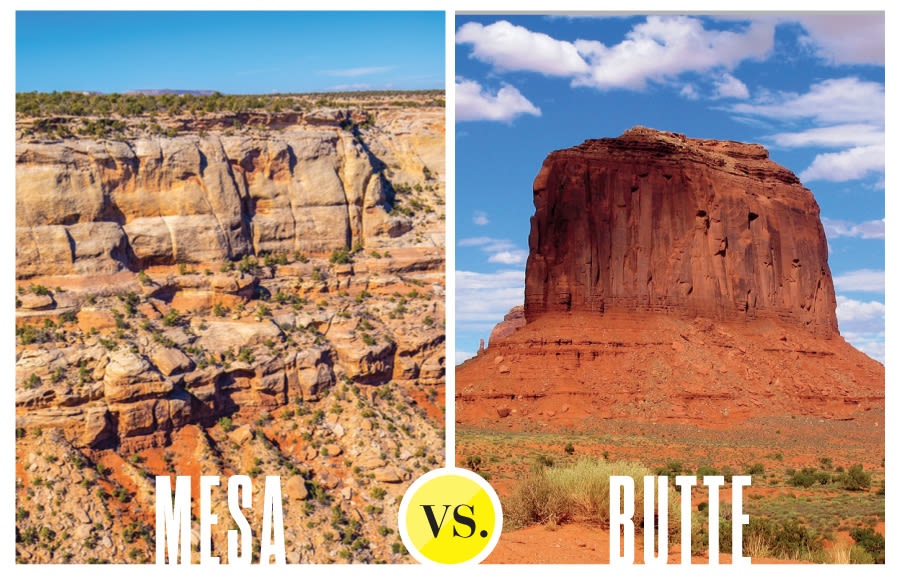
Image: Courtesy Shutterstock
A mesa is a flat-topped, often steep-sided hill or mountain, and is isolated from surrounding hills.
Buttes are steep-sided and isolated, and smaller than a mesa; they are also usually taller than they are wide.
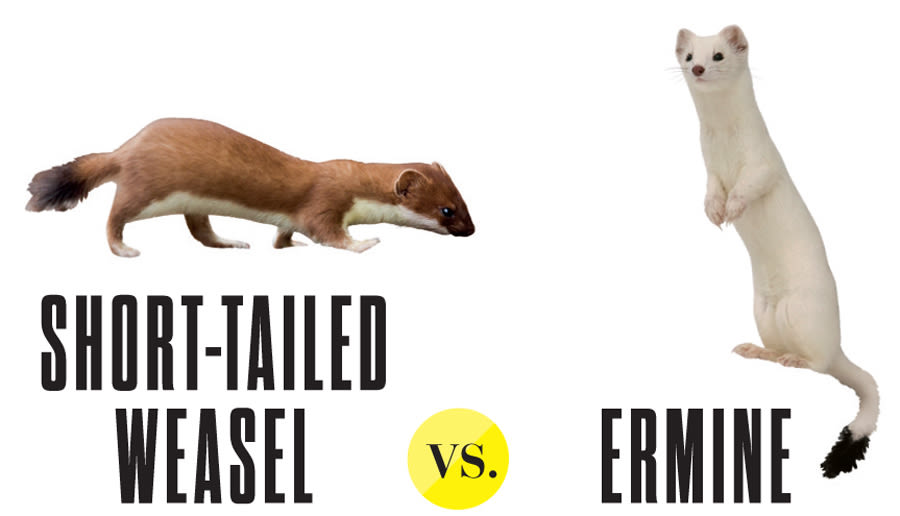
Image: Courtesy Shutterstock
A short-tailed weasel is brown with a whitish undercarriage; also known as a stoat; no one cares about its fur.
Ermine is the name for a short-tailed weasel in winter, when it turns pure white except for tip of tail; its fur is now considered valuable.
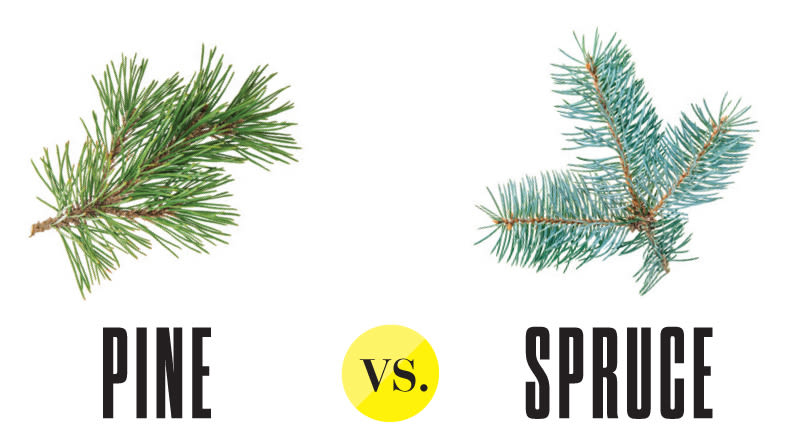
Image: Courtesy Shutterstock
Pine trees have long, soft needles that grow off twigs in groups of two, three, or five; and have hard, rigid cones.
The sharp, stiff needles of spruce trees grow off twigs individually; they have more flexible cones.













































